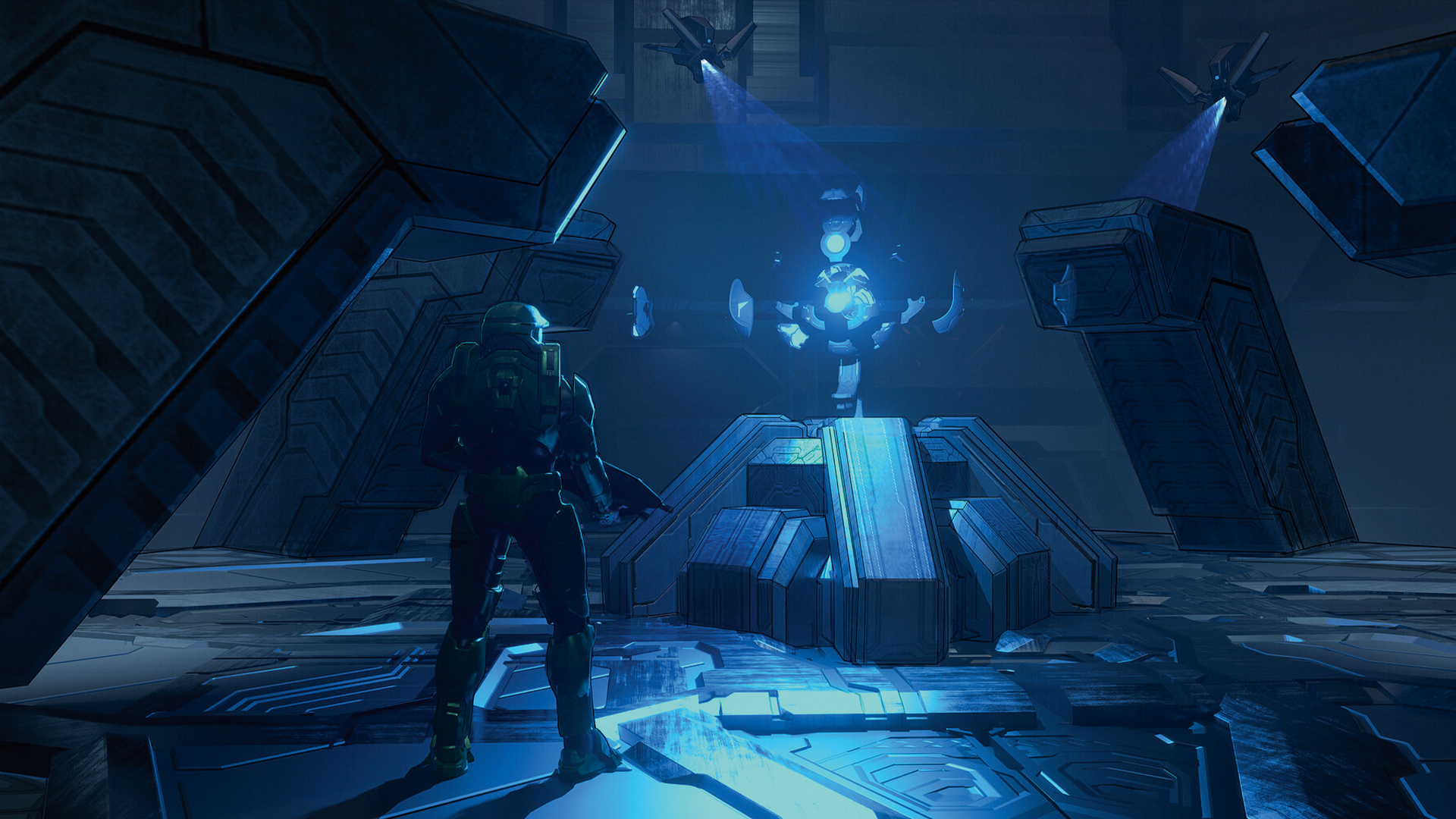
Halo and Call of Duty are just two of the landmark video game franchises on Ben Mauro’s impressive CV. And when he’s not helping to bring major films and videogames to life, he’s also busy working on his own graphic novel series, HUXLEY.
We caught up with Ben to hear how he juggles everything and manages to stay inspired. (If you're just kickstarting your creative career check out our guides to the best drawing tablets and best monitors for graphic artists).
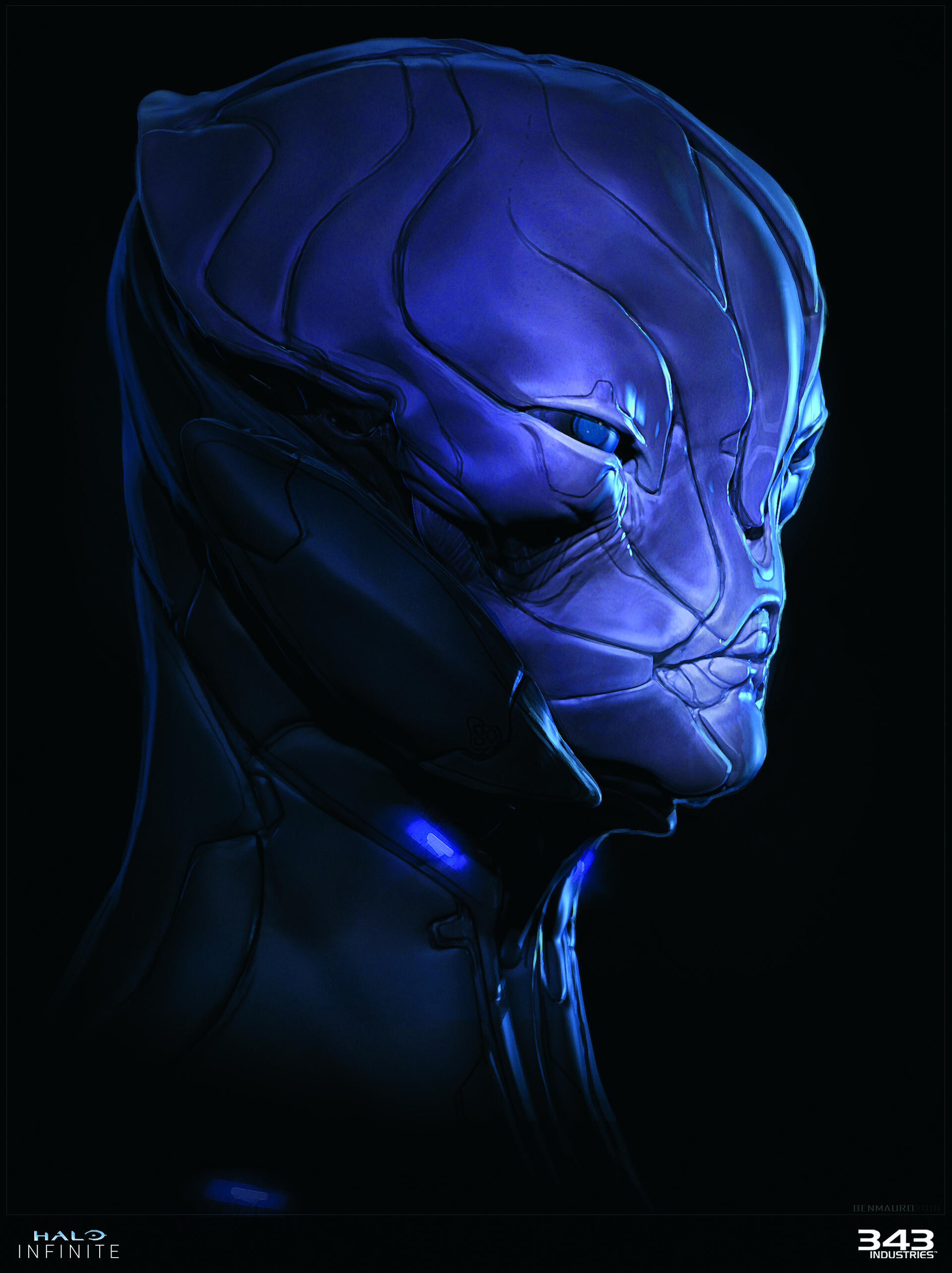
Can you tell us a little about your background as an artist? How did you get started, and what path has your career taken?
I always had a passion for drawing and storytelling. I was deeply influenced by my love for movies, video games, anime and comics from a young age, but it wasn’t until maybe 17 that I took it more seriously and tried to pursue it as a career. I was a huge gamer, and I think the idea that I could one day work within the industry and create architecture and designs for games like Halo was a big motivating factor.
My career path in design began at the ArtCenter College of Design, with a focus on artwork for industrial and entertainment design. This foundational education propelled me into various roles within the film and game industries. I started out down in New Zealand at Weta Workshop, working on projects that included both The Hobbit trilogy and Elysium, among many others.
After about four years I decided to begin freelancing, where I worked on multiple Call of Duty games like Black Ops 3 and 4 while travelling the world for around three years, living out of a suitcase. I eventually settled in the Seattle area to work at 343 Industries for many years on Halo Infinite while I finished my graphic novel, HUXLEY. Each of these projects has been an education in a way, expanding my skills and pushing me into new territories of creativity.
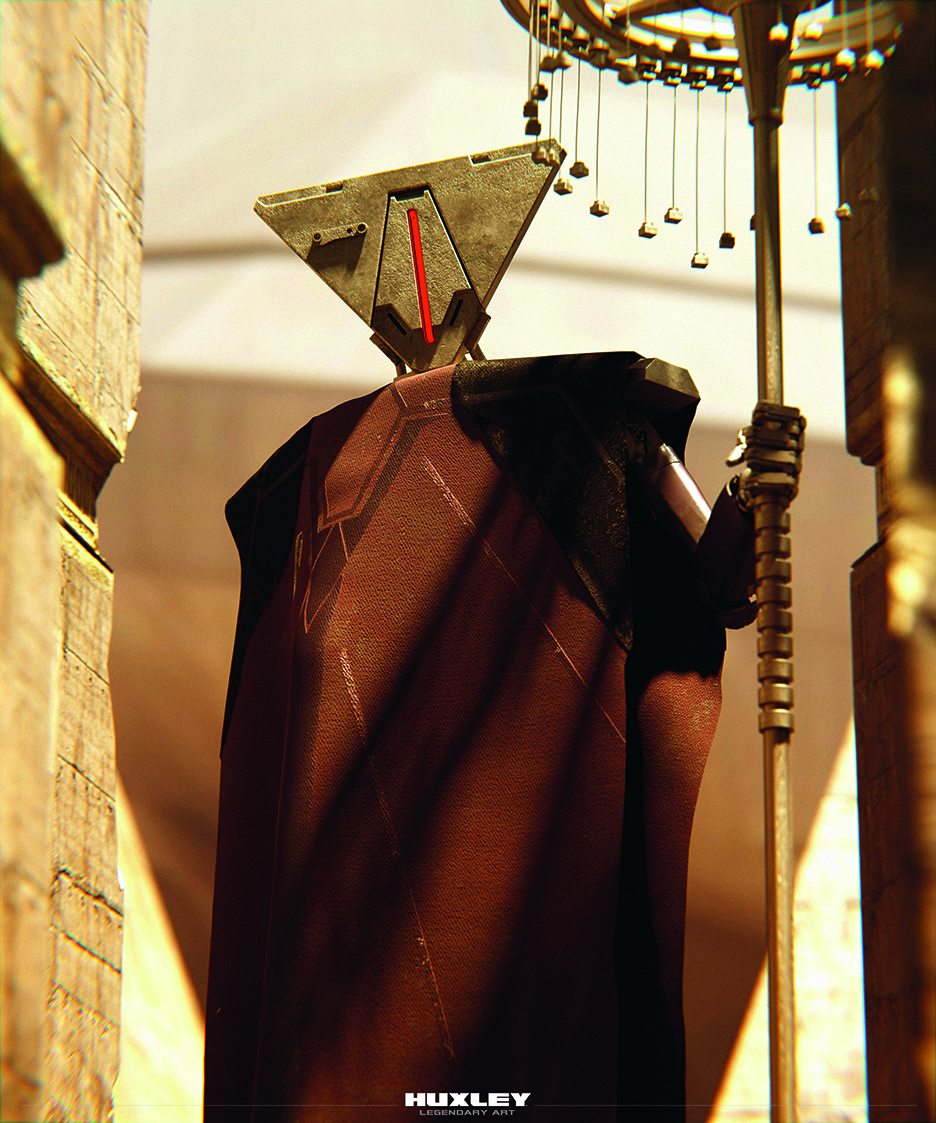
Which artists have inspired you?
Artists such as Syd Mead, Ralph McQuarrie, Katsuhiro Otomo, Hayao Miyazaki and Moebius have been monumental inspirations for me over the years. Their ability to craft worlds that are both visionary and deeply immersive, or create films and stories that leave a lasting impact with an audience has always driven me to push the boundaries of my own work.
Which tools do you use to create your work?
I predominantly use Photoshop for my digital painting and sketching, combined with 3D modelling tools like ZBrush, Unreal Engine 5 and Blender for most of my work, while still keeping a pencil and paper around for traditional sketching. These tools allow me to explore complex designs and worlds at a level of detail and realism that matches my vision.
How has your art developed over the years, and what has been behind those changes?
My art has constantly evolved, and is influenced by the demands of the projects I’m working on, the industry I’ve worked in, and my ongoing quest to better my craft. Initially my work leaned more towards traditional drawing and painting techniques, but as technology and my career have advanced, I’ve integrated more digital tools and techniques such as ZBrush, Blender and Unreal Engine. This rapid arms race of techniques usually happens in my professional work, so to offset this a lot of my personal work and projects like HUXLEY were intentionally more old school pencil on paper and illustrated by hand.
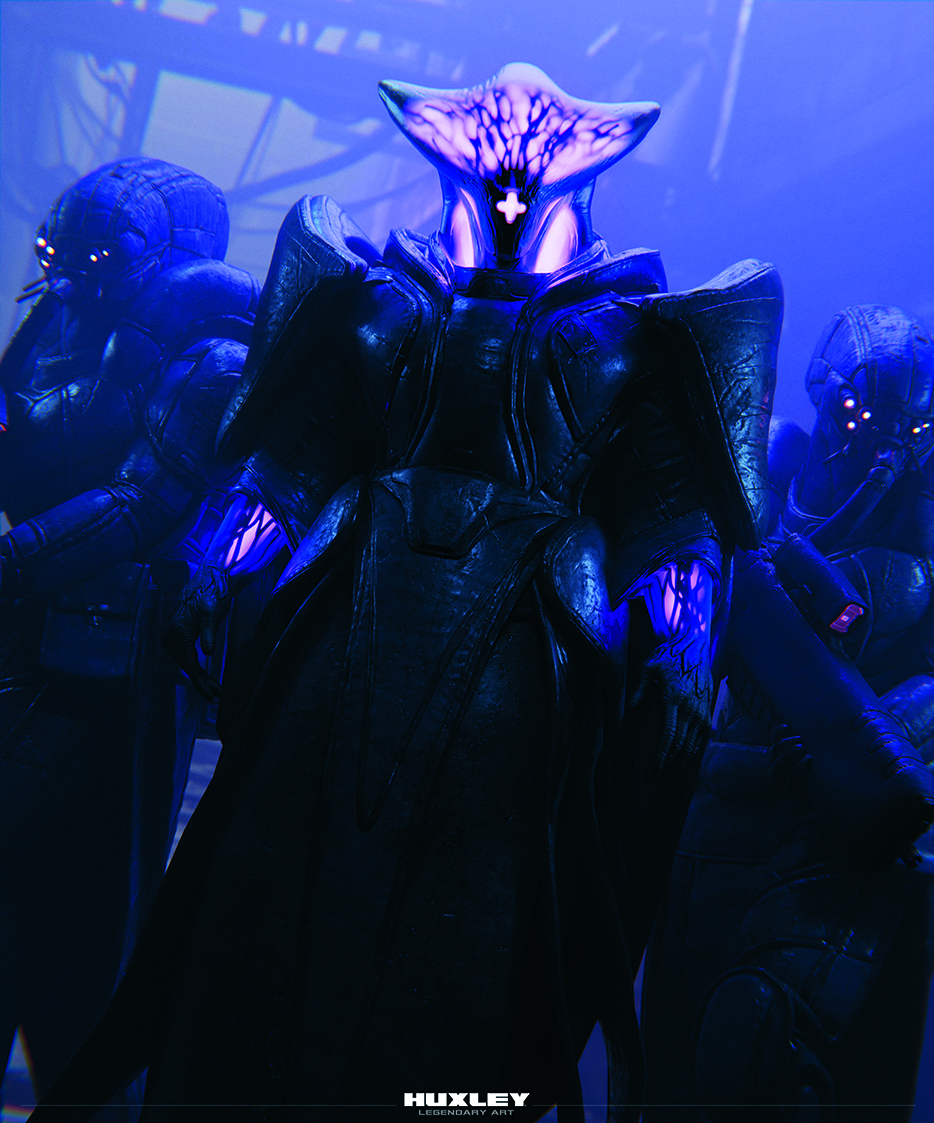
What made you want to get into video game projects? Have you always been a gamer?
The interactive aspect of video games always fascinated me. Being an avid gamer, the prospect of creating worlds that players could explore and fully immerse themselves in was a natural progression in my career. I really enjoy being able to spend more time designing each aspect of a game world than is usually allowed on film; it’s a more long-term process, but I really enjoy being able to experience the end result in-game.
You’re currently working as a senior concept designer and art director within the video game industry. What does this role involve?
As a senior concept designer and art director, my role involves developing visual language and design elements that define the universe of a game, and ensuring that everything is consistent from a production design standpoint. From characters and environments through to props and vehicles, I work closely with other departments to ensure there’s a coherence and fidelity to the game’s vision.
For example, on Halo Infinite I was heavily involved in updating the Forerunner design language seen in the game’s architecture, environments and objects. The original Halo game, and specifically the Forerunner architecture, was one of the big reasons I ended up going down the path of being an artist in the first place, so it was a huge honour and full-circle moment to help bring that world to life in the new game. It was a fun but challenging task in terms of respecting what I loved in the old games, while updating things with all the next-generation details that we could push now.

What does your average working day look like?
No two days are the same, but they typically involve a mix of sketching, digital painting, 3D modelling, and meetings with the development teams to ensure alignment with the project’s goals. Lately, a lot of my time is taken up with emails and meetings as my roles grow on the personal and professional projects I work on. This involves managing teams and making sure larger groups of people are all moving collectively toward a bigger goal. It’s something I’m learning to grow into as opposed to individually creating a piece of art by myself.
What’s your favourite part about being a concept artist in the video game industry?
The opportunity to bring new worlds and stories to life is so incredibly fulfilling for me. Knowing that your work will offer players an escape into a whole new universe is both humbling and exciting.
What’s different about working on video game projects as opposed to film and TV?
Working in video games offers a unique set of challenges and rewards, primarily due to the interactive nature of the medium. Unlike film and TV where the narrative is fixed, games require designs that accommodate various player actions and decisions. This makes the design process much more involved since the player can look at any object from all angles.
A lot of the time in film and TV we would design things for a specific shot that’s seen at a very specific angle, so we wouldn’t need to design things quite in the same way as we do for games, unless it needed to be built and onset. But each production is different and there’s more and more overlap in terms of the design processes for each medium over the years.
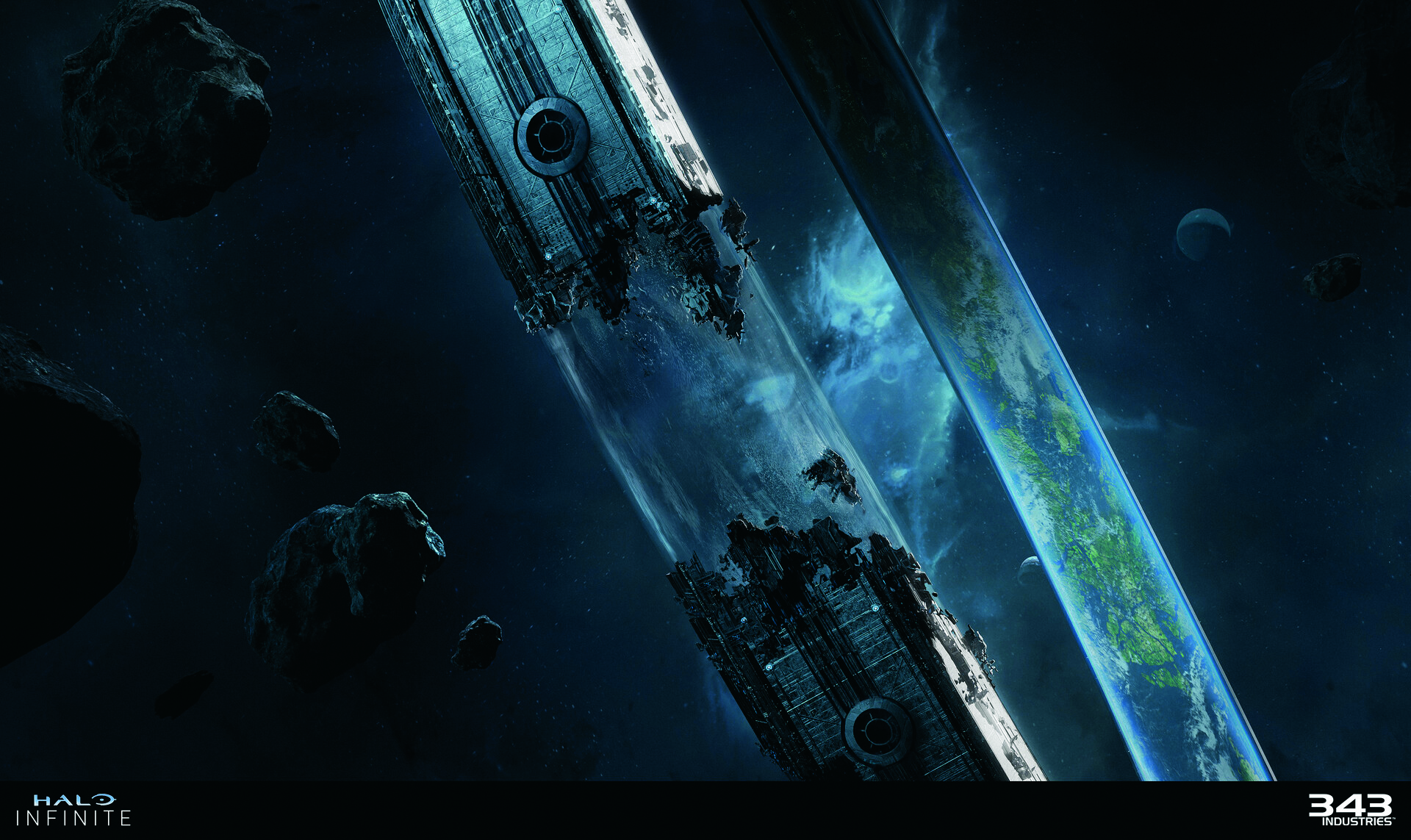
Of all the work that you’ve created so far, what are you the most proud of and why?
The work I did for Elysium holds a special place for me because it marked a significant period of growth as an artist, and allowed me to contribute to a film that aligned closely with my interests in science fiction and societal commentary. It was also the first film I worked on completely from a couple of words on a page all the way through to a final movie in theatres, so it was really educational in terms of getting to fully understand how that process works from start to finish.
Can you share any details with us about the projects you’re working on right now?
A lot of my time is currently dedicated to HUXLEY, working on future books and stories to complete the first trilogy in my IP, along with going out to pitch the IP for a TV series and other, bigger verticals this year like the public book release. Fingers crossed it all goes well!
Do you ever suffer from burnout, and if so, how do you deal with it?
I’ve definitely experienced burnout a few times in my career, and it would typically happen when I would overwork for too many hours a day for too many years without a break. To recover, I ended up needing to force myself to take breaks, get away from the computer, try to not work on weekends as much, and go on trips.
I also turned to other things like trying to find adjacent hobbies and creative activities that get me away from a screen – things such as cars, Dungeons & Dragons, photography, 3D printing, and so on – and keeping a healthy work-life balance. Some other things like having a healthy exercise routine and eating well have also helped to keep me more balanced over the years.

What advice would you give to aspiring artists hoping to follow in your footsteps?
Never stop learning and be open to criticism. Focus on building a strong foundational skill set in drawing and design principles before jumping into 3D and other programs if possible.
And most importantly, be persistent and highly adaptable to what is a fast-changing industry in the AI age we’re heading into. During my whole career things have moved really fast, but it feels like that’s only accelerating as time goes on.
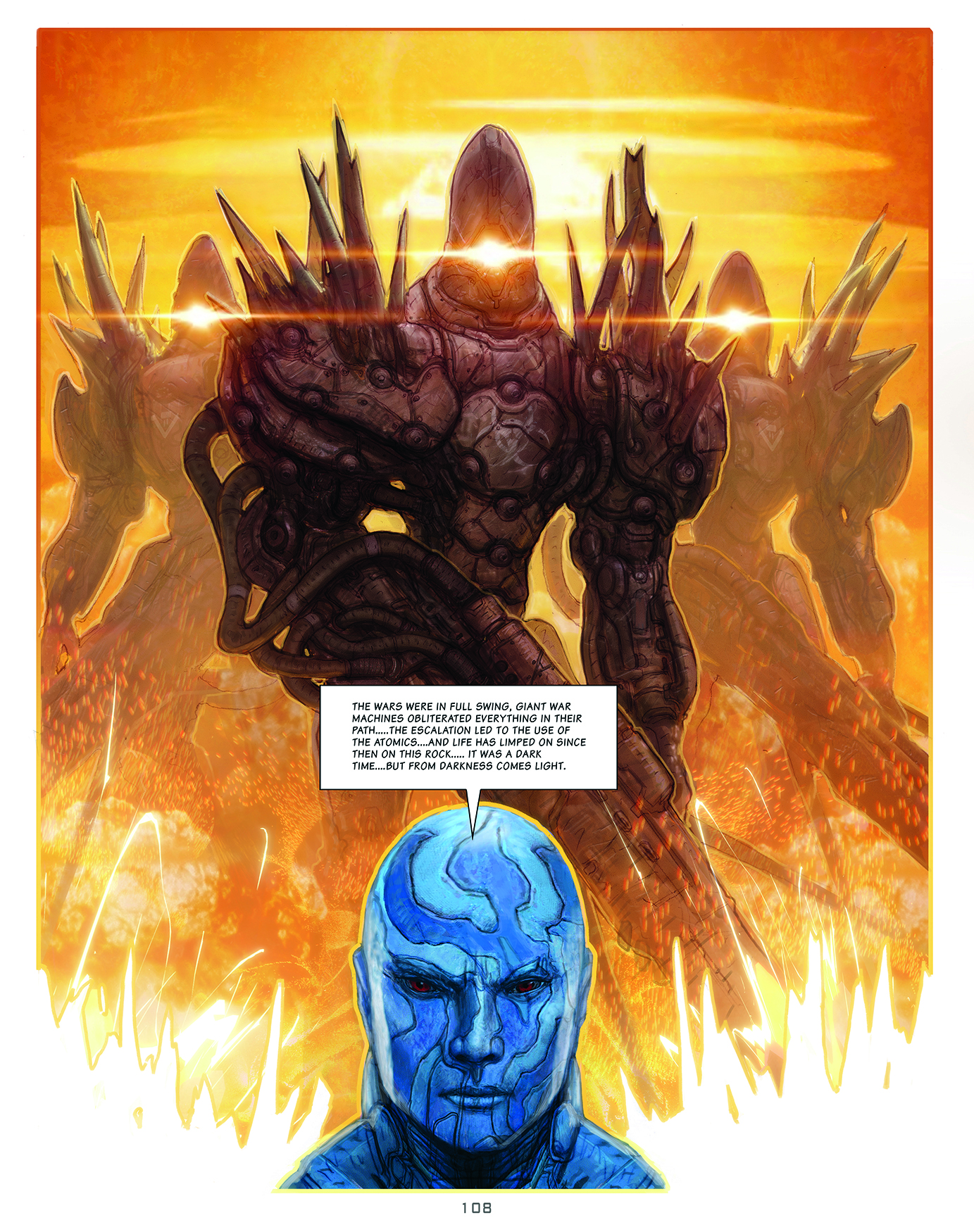
This content originally appeared in ImagineFX magazine, the world's leading digital art and fantasy art magazine. ImagineFX is on sale in the UK, Europe, United States, Canada, Australia and more. Limited numbers of ImagineFX print editions are available for delivery from our online store (the shipping costs are included in all prices).







